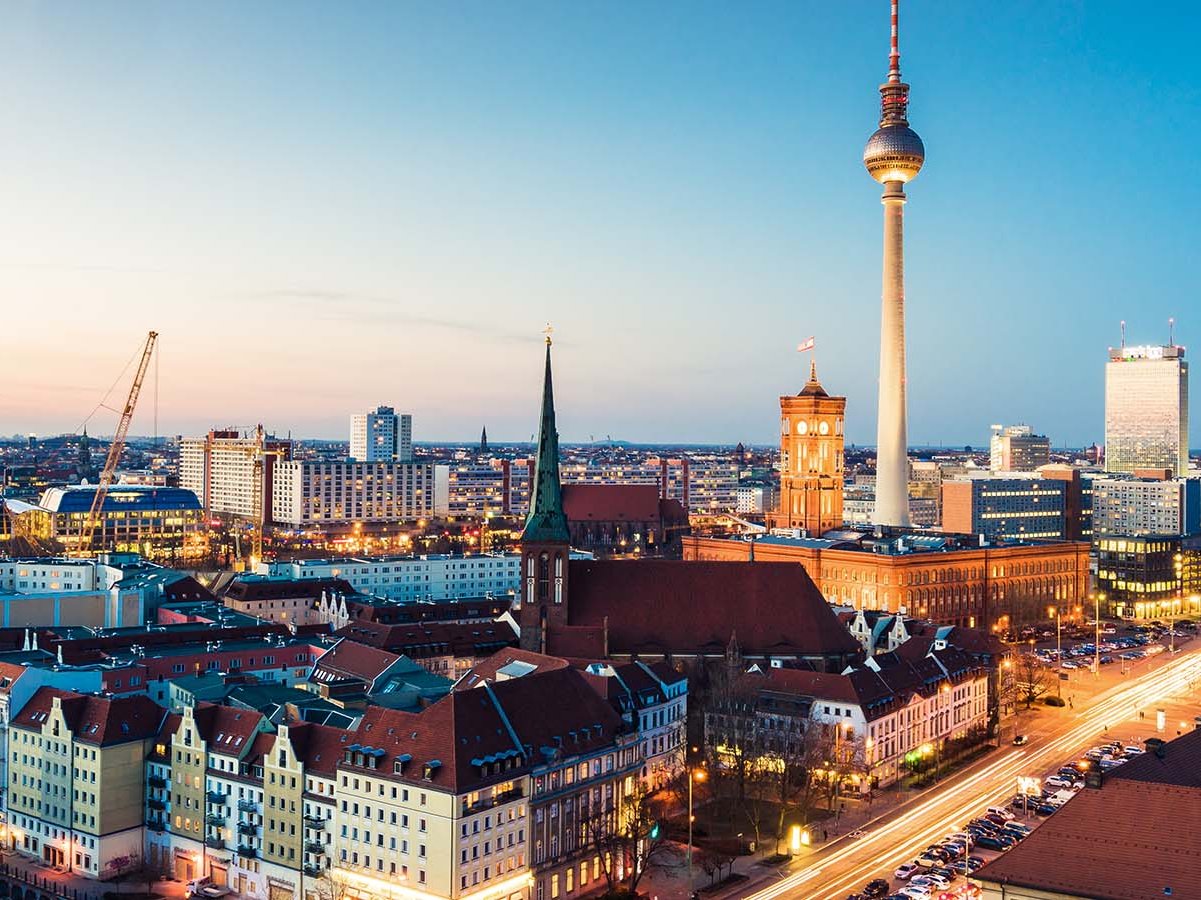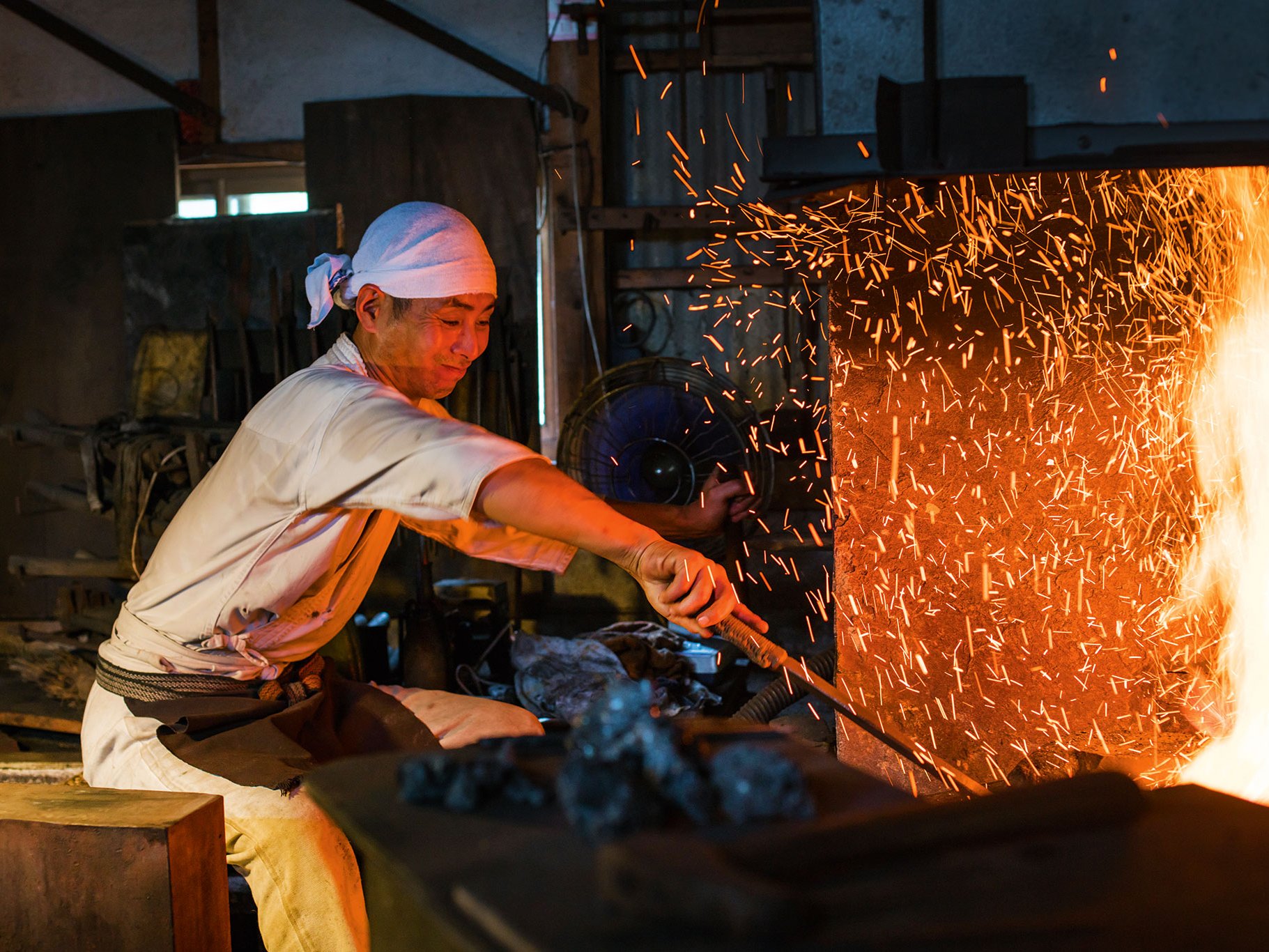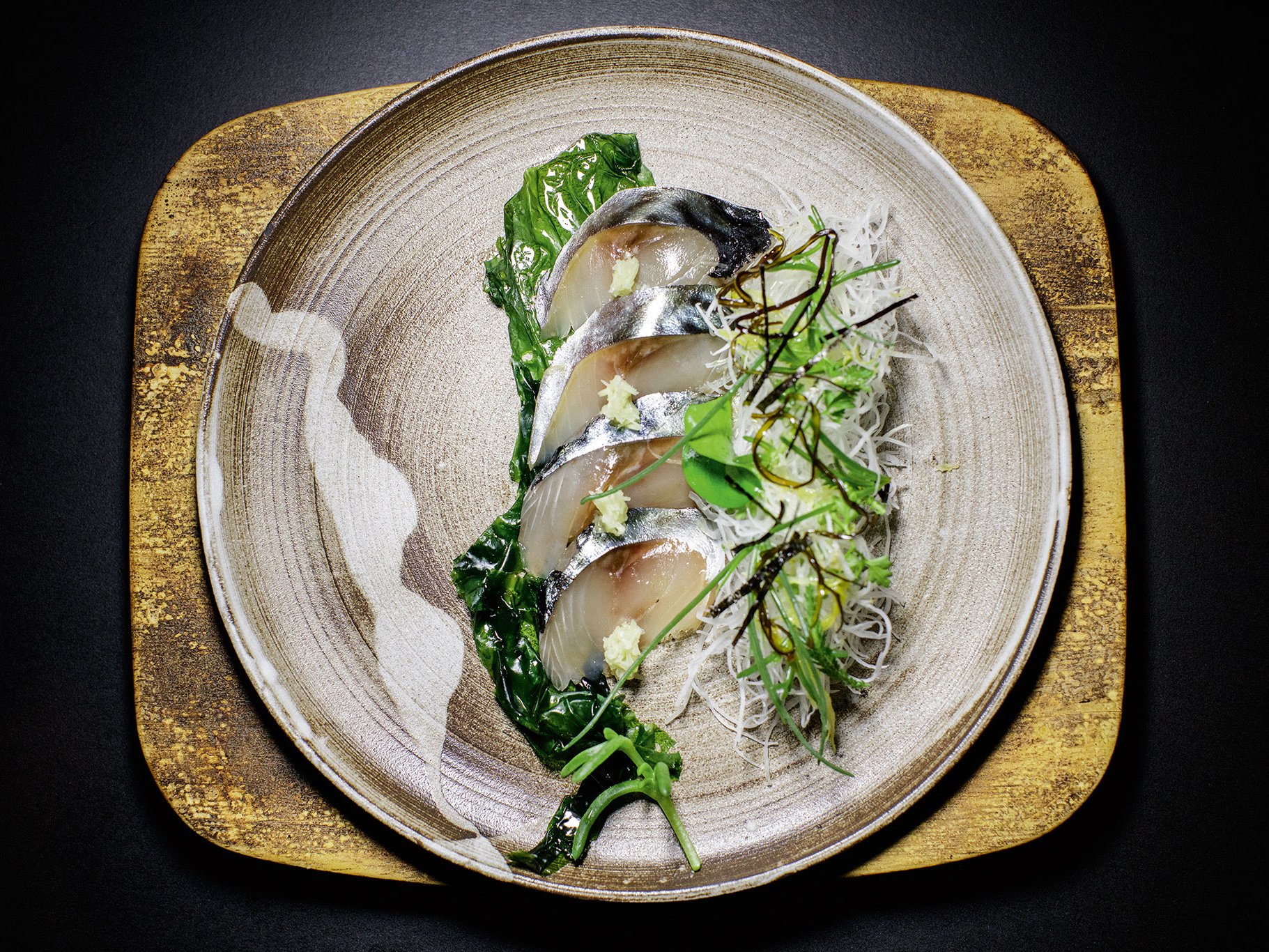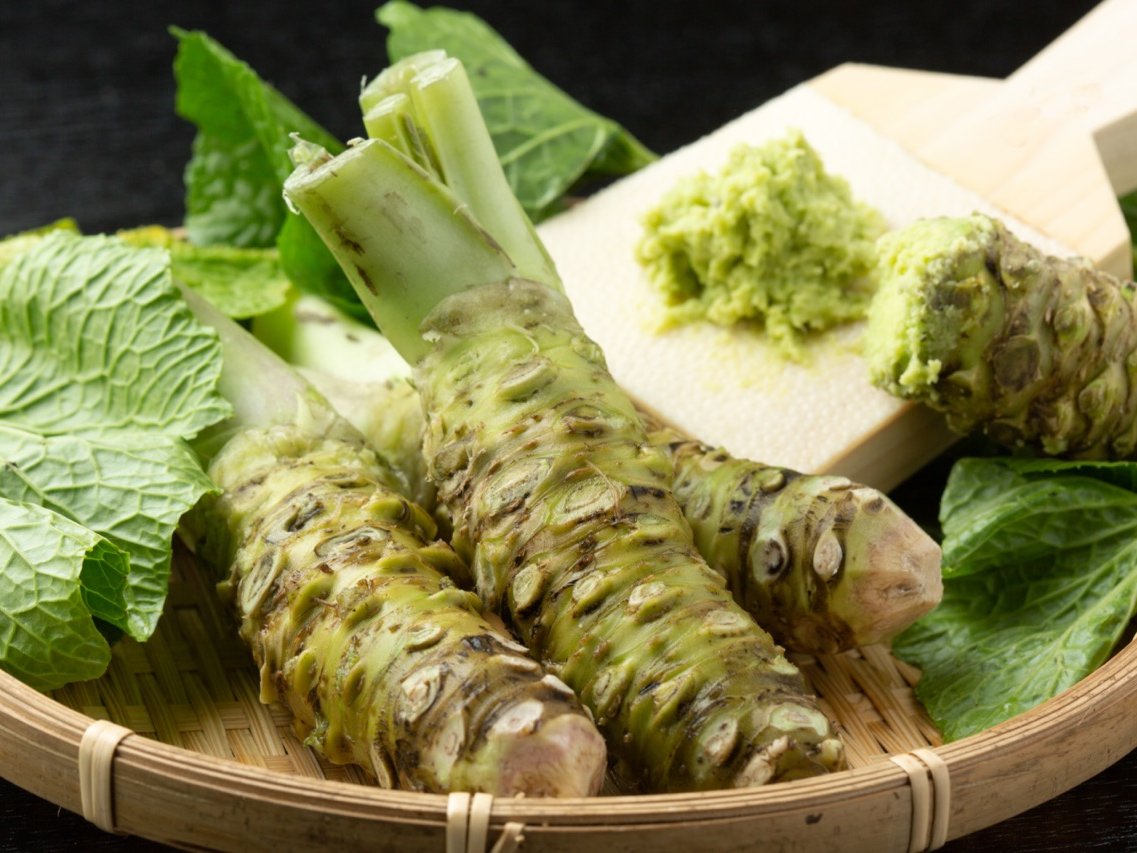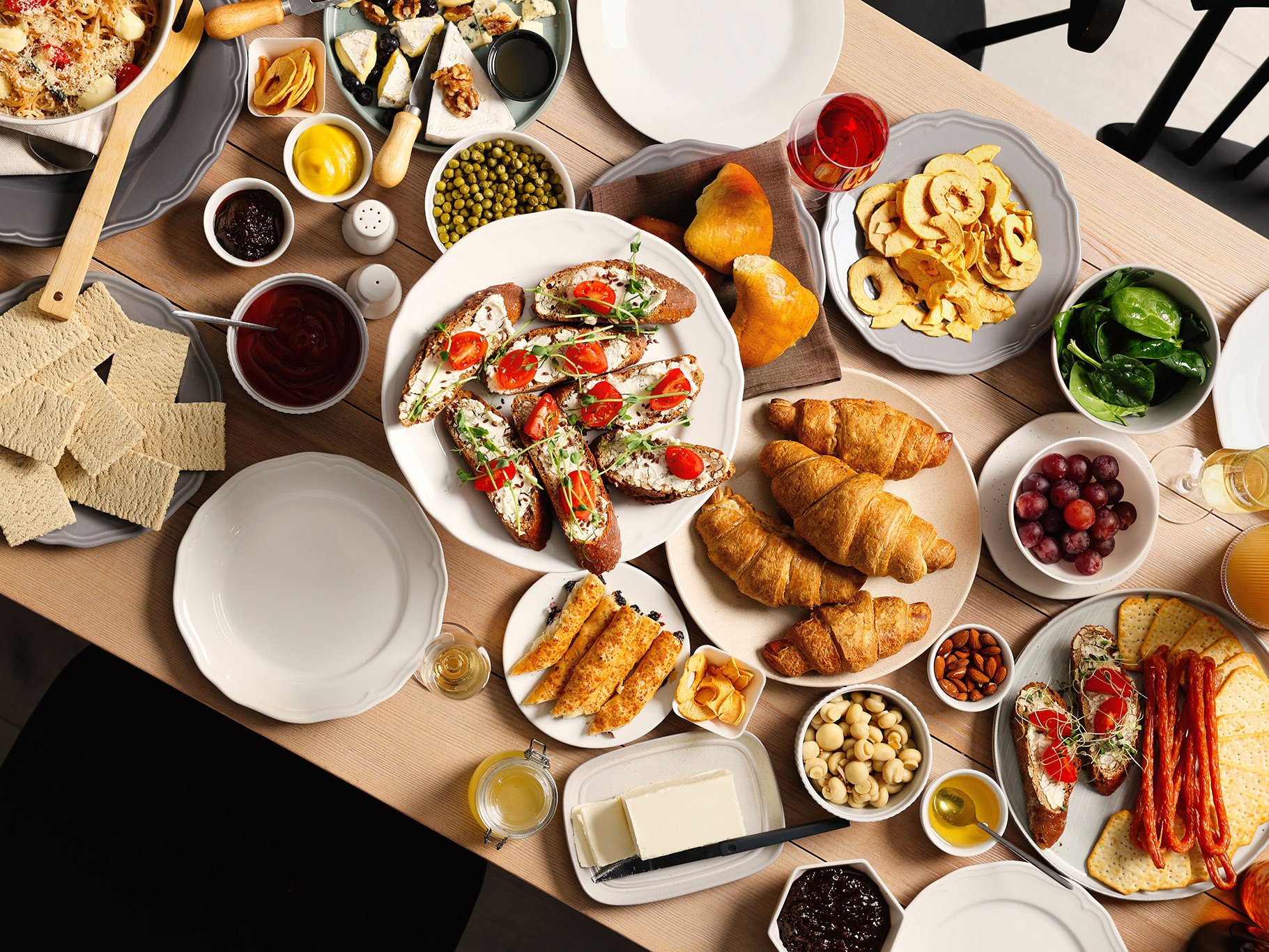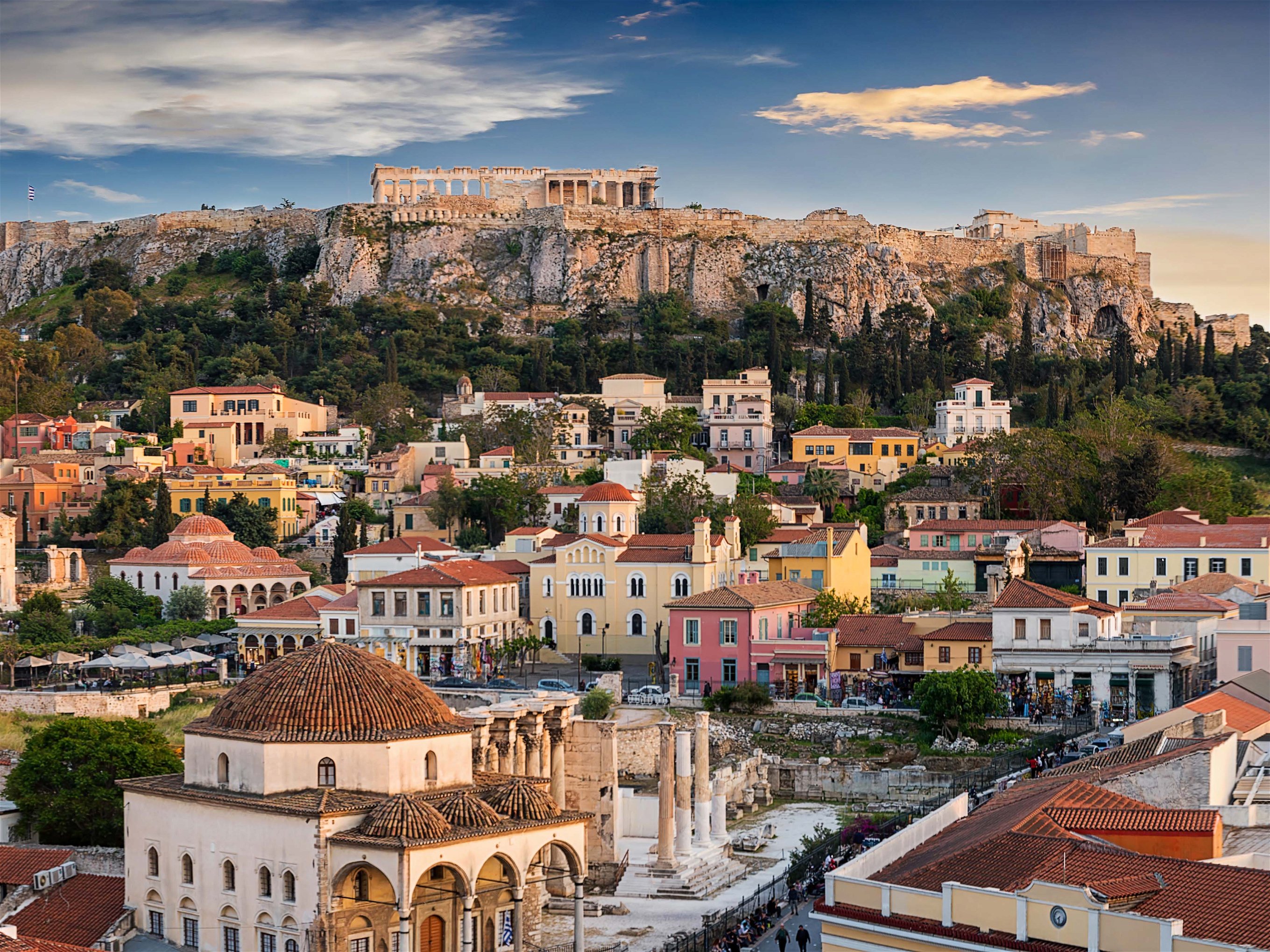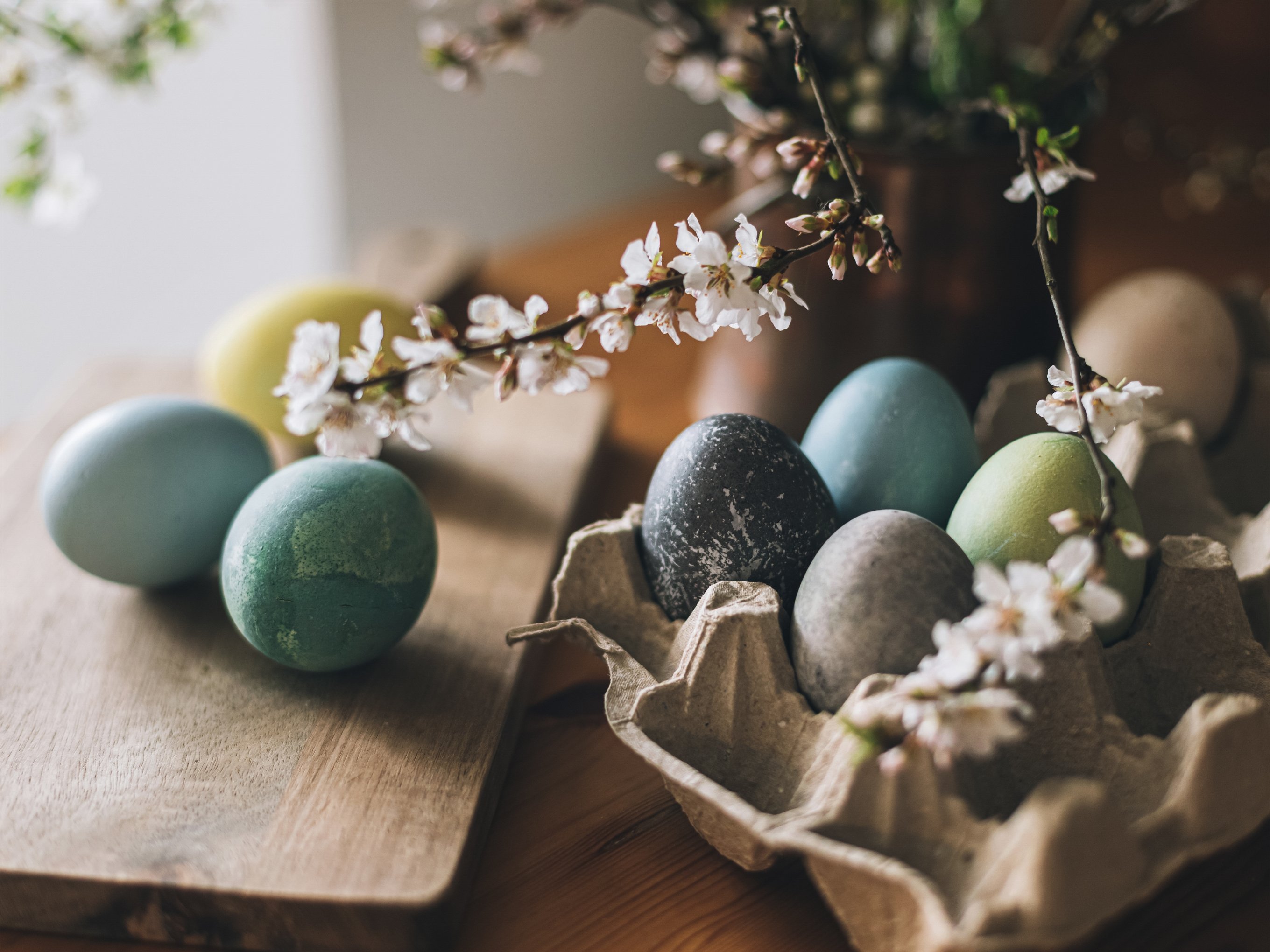Wolfgat
Set in the remote West Coast fishing village of Paternoster, Wolfgat is a celebration of veldkos [Strandveld food] at the edge of the Atlantic: featuring seaweed, fynbos and beach herbs with South African coastline heritage woven right through. Wolfgat gets its name from the archeologically significant cave it is built around. Ceramic remains, sheep bones and ostrich eggshells have been uncovered, which date back some 2000 years. Legend has it that the underground passages of the Wolfgat cave extend some kilometres inland with more than one southern exit; these were thought to be used by the ancient Strandveld people. Taking the cue from his wandering forbears, chef-patron Kobus van der Merwe is a gatherer. Most of the menu comes from within 10 kilometres of the restaurant. He and his team trawl the coastline daily, baskets in-hand. The dishes on the seven-course menu are adapted according to the weather and the season, led by the West Coast’s dramatic seasonal shift and endemic ingredients, much of which come from the Strandveld fynbos plant kingdom. Van der Merwe has been likened to Nordic king of foraging, René Redzepi – for good reason: in the tiny gastronomic haven of Wolfgat, you’ll taste things you’ve never tasted before. It’s a restaurant that prefers to fly under the radar, though that hasn’t stopped its unique offering grabbing the world’s notice. It was named Restaurant of the Year at the The World Restaurant Awards in Paris in February 2019. This was quickly followed by being named The Best Restaurant in Africa 2021 when landing the 50th spot in the coveted The World’s 50 Best Restaurants list. That’s a lot of attention for a 20-seater restaurant. The same whitewashed architecture as the rest of the village, it is set in a 130-year-old fisherman’s beach cottage. The interior is calm; monastic, in a sea-worn kind of way. The kitchen is tiny, bushels of fynbos hang from the rafters and Van der Merwe and his team work side-by-side at a single steel table, stacked with dishes. From here we’re led through to the outside terrace, perched on the edge of giant boulders. The wide, rippling sea greets us, hugged by a curve of white-sand beach. The post-card effect is underscored by fishermen bobbing on boats in the distance, seagulls wheeling around them. Van der Merwe is as down-to-earth as you can get. Quietly going from table to table, he tops up water, explains the menu and recommends his latest wine finds. All jobs he could easily hand over to staff. But that’s not the spirit here; much like the close attention they pay to seasonal cycles. They work in unison, intuitively. Sustainability is at the heart of the menu, for this very reason the restaurant is kept small. Once seated and drinking in the ocean splendour, warm sourdough bread is brought to the scrubbed wooden table. This is served with a luscious heerenboontjie purée, a local white heirloom bean with roots dating back to the 1800s. A skillet of klipkombers is placed on the table too; a seaweed that proliferates in the surrounding rock pools. Succulent and savoury, like spinach of the sea, the dried seaweed was reconstituted in a dash of cream. The pillowy bread is perfect for mopping up every last remnant of it. Seaweeds feature prominently on the menu. Like some kind of secret underwater herb garden, the seaweeds are collected and used variously for their different flavours and textures, with wonderful names such as, slippery orbits, tongue weed, ribbon sea lettuce and more. There are touches are luxury, like the wafer-thin Gabriel glasses topped up with the Gedeelte Under the Veil Sauvignon Blanc, which was made under a layer of flor. Its saline character so well suited to this bounty of sea. The majority of the wines on the list are from the West Coast, or from nearby Swartland, leaning towards small-batch and natural winemaking. The Strandveld Snacks come next, a trio of dishes eaten in the order they are put down, so the flavours build. First is minced limpet, served in its shell. Limpets have always been eaten along this coast and are known colloquially as perdevoet due to their horseshoe shape. Van der Merwe cooks these as his ancestors have, with lemon, white wine and nutmeg. Then an oyster from nearby Saldanha topped with a ball of gooseberry sorbet and a leaf of crunchy, crystallised soutslaai (ice plant). You see the plants on the beach like glittering stalagmites on the edges of the dunes. Lastly, a white mussel parfait, prettily presented in its shell, its wings open like a butterfly. This dish has the same voluptuous texture of chicken liver parfait, but with the intensity of white mussel umami. Pickled veldkool gives the dish an acid kick and fragrant spice. Another traditional ingredient, veldkool is the asparagus of the beach – a wild flower the Wolfgat team forages for at the end of winter, picking the spears, and then preserving them. The catch of the day is carpenter, a fish from Abalobi, which in itself is a project created to empower small-scale fishing communities. The carpenter is thinly sliced and quick-cured in lemon juice and sea salt, then artfully wrapped in spanspek (melon) and served in a kapokbos-infused olive oil. The combination of the tender fish and sweet melon scooped up with the earthy-rosemary flavour of the wild fynbos is a dream. We’re lifted right up by the fragrance of the Saldanha mussels, conjuring up the spice trade that used to cross these waters. It’s topped with a springy Leipoldt, a kind of savoury custard. The technique was inspired by C Louis Leipoldt, an Afrikaans poet and botanist who wrote a cookbook in 1933, also heroing veldkos. We dig our spoons through the soft cap made of mussel stock, coconut milk, nutmeg and cinnamon, to the plump mussels below, the spice rising like a scented mist. Ethereal meets terrestrial with a course of springbok loin, mushroom and an assortment of crispy seaweeds – the sea lettuce remarkably singing of truffle. When questioning Van der Merwe, he assured us that, yes that is its natural flavour, nothing has been added. Another seaweed on the dish, kiesieblaar has the aroma and flavour of yeasty bread. A taste of the kitchen’s garden comes as a surprise course – the most delicate plate of squash blossom with butternut and red pepper purées, bokkom-buttered pumpkin seeds and crisp pumpkin leaves. The bokkoms (dried harder fish) are integral to Wolfgat’s story. All along the coast you’ll find the small fish hanging in bunches from rafters, drying in the relentless sun and salt winds. Having grown up in Paternoster, bokkoms have been a staple part of Van der Merwe’s diet; one of his favourite ways to eat them is on buttered toast. From this we go to another fish commonly found in these waters, angelfish. Classically served smoked with a sweet jam. Van der Merwe lightly smoked his over mielie (sweetcorn) husks, and then paired the tender, white flakes with crispy angelfish skin and dune spinach, another indigenous plant loved for its toothsome quality. Crispy mielie meal adds texture and the dish is dressed in a satiny sweetcorn velouté. Van der Merwe eschews overly sweet desserts, preferring a light-footed farewell. The dessert is a refreshing combination of pineapple ice cream and dune celery (the wild version of the one we are used to) topped off with the sour, creamy tang of amasi, a South African food staple made from fermented milk. We leave the restaurant, spirits ebullient. Our path home is across the beach, we make tracks in the sand all the while looking at the rock pools, dunes and cresting waves with new eyes. And that is the parting gift of Wolfgat; you’ll never look at the world quite the same again. Reviewed by Malu Lambert
